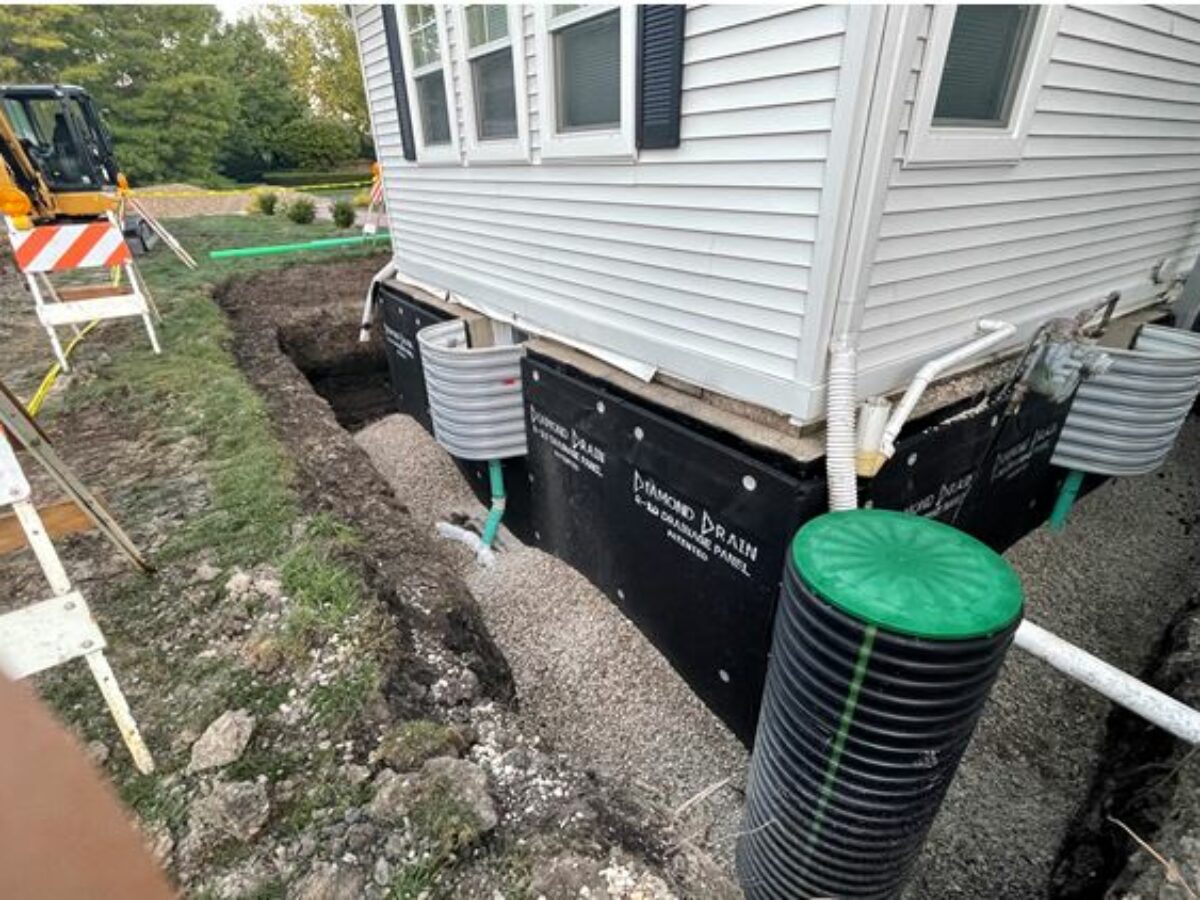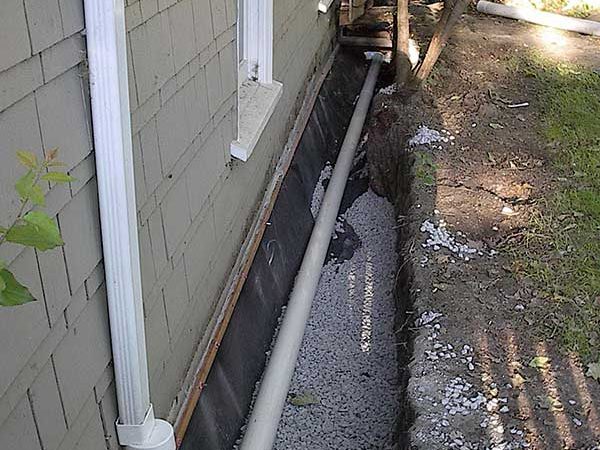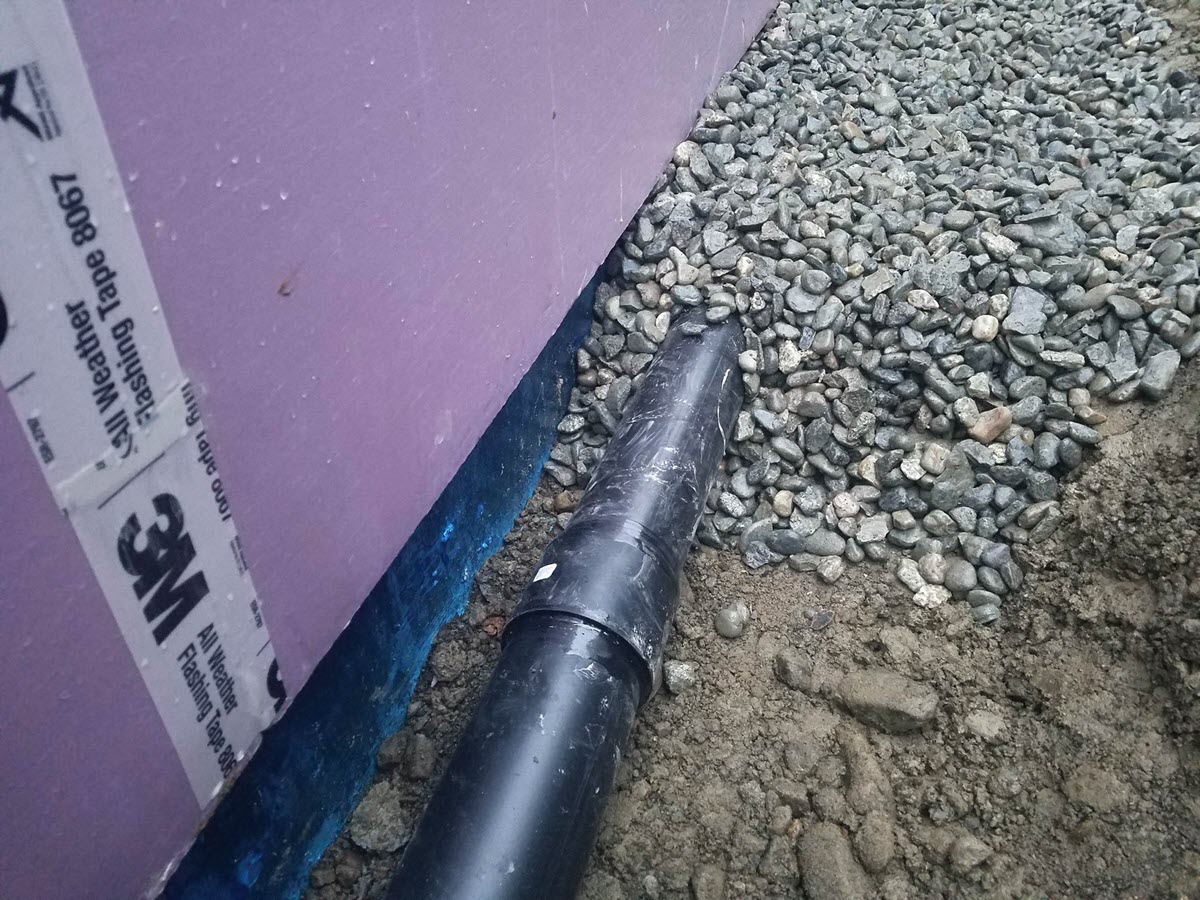Foundation Drain Servicesin Ortonville MI
Foundation Drain Solutions to Keep Your Building Secure
We Are Locally Owned & Operated For Over 37 Years
Contact Us Today!
We Serve Businesses In And Around The Following Cities:
About Foundation Drain Services
Introduction: Unraveling The Essence of Foundation Drain in Commercial Properties
A solid, dependable, and well-conditioned foundation is the cornerstone of any commercial property. But often, it is the invisible hero, the foundation drain, that protects the structural integrity of the building. Foundation drains play an indispensable role in redirecting water away from the structure, saving it from potential damage. In this comprehensive guide, we delve into the nuances of different aspects of foundation drains in the city of Ortonville, providing businesses with valuable insights and real-world applications of this critical structural element.
Understanding the Foundation Drain Process
Before discussing the process, it’s vital to understand what a foundation drain is. Essentially, it’s a system designed to reroute water away from a structure to safeguard its foundations. This system is also commonly referred to as a foundation french drain, exterior foundation drain, or foundation perimeter drain to name a few. Different names point to the same purpose: the prevention of water accumulation that could severely damage the building’s foundation.
Generally, the process of installing a foundation drain involves placing a perforated pipe around the perimeter of a house foundation. This pipe, often referred to as a foundation footer drain, is usually placed at the level of the footing, ensuring that water is captured and drained away before it can pose a threat to the foundation. After this pipe is set in place, it’s covered with gravel and soil, concealing it from sight but allowing it to carry out its purpose – a classic case of out of sight but certainly not out of mind when considering foundation health.
The Benefits and Importance of Foundation Drainage Systems
Having a foundation drain installed within a commercial property is an investment in the building’s longevity. A comprehensive drainage system around the foundation effectively prevents the build-up of water near the foundation, ensuring its stability. Multiple complications like swelling and contraction of soil, mold growth, and the creation of hydrostatic pressure are prevented with a well-performing drainage near the foundation.
Without a foundation water drainage system, commercial buildings in Ortonville could face significant issues like damp basements, cracks in walls, structural instability, mold outbreaks, and even worse, eventual foundation collapse. Some of these issues could result in costly repairs, making the foundation drain a pro-active measure that saves in the long run.
Ortonville’s Real-World Applications of Foundation Drains
Given the climatic conditions of Ortonville, investing in a foundational drainage system is beneficial for properties. Commercial properties, with their heavy structures, can particularly take advantage of these systems. Businesses across sectors, from retail complexes to corporate offices, have been proactive in using systems like an exterior foundation drain or a foundation wall drainage system.
Take the example of a retail complex in downtown Ortonville that recently worked with D&J Contracting to install a foundation drainage system. Post-installation, they successfully tackled their previous issues of water infiltration, dampness, and experienced a decrease in maintenance costs. The longevity and durability of the structure were significantly enhanced, proving a solid return on investment in the foundation drainage system.
Speaking About D&J Contracting
When it comes to dealing with foundation drains in Ortonville and installing systems like a drain around the house foundation or customizable foundation drain applications, the experts at D&J Contracting have got you covered. With a reputation for outstanding service, D&J Contracting ensures the foundation of your commercial property remains dry and secure throughout the seasons.
The importance of effectively draining water from the foundation of commercial properties can’t be overstated, and this is precisely what D&J Contracting specializes in. Their seasoned professionals ensure the job is done correctly and thoroughly to protect the building from potential water damage. Whether constructing a new building or upgrading an existing one, D&J Contracting is the go-to service provider in Ortonville for all your foundation drainage needs.
A Final Word on Foundation Drains
A robust and efficient foundation drainage system is not just about securing your building. It’s about underscoring the investment you’ve made in your commercial property. It’s about assuring the longevity of the structure in all weather conditions. It’s about proactively combating potential problems. As we’ve highlighted in this guide, investing in a quality foundation drain, such as those offered by D&J Contracting in Ortonville, adds value to commercial properties in multiple ways. Foundation drain systems are your unseen guardians, helping you make the most of your commercial properties by ensuring their structural integrity and longevity.
Thus, recognising the importance of foundation drains and their substantial benefits is step one. The next step is to consult with established professionals, like D&J Contracting, who can install a robust, efficient system that’s tailored to your needs, protecting your investment now and well into the future.
Foundation Drain Services Gallery


Call Us Today to receive your Free Quote for
Foundation Drain in Ortonville
Serving: Ortonville, Michigan

About Ortonville, Michigan
According to the United States Census Bureau, the village has a total area of 0.98 square miles (2.54 km), all land.
| Census | Pop. | Note | %± |
|---|---|---|---|
| 1880 | 308 | — | |
| 1890 | 313 | 1.6% | |
| 1910 | 377 | — | |
| 1920 | 445 | 18.0% | |
| 1930 | 553 | 24.3% | |
| 1940 | 622 | 12.5% | |
| 1950 | 702 | 12.9% | |
| 1960 | 771 | 9.8% | |
| 1970 | 983 | 27.5% | |
| 1980 | 1,190 | 21.1% | |
| 1990 | 1,252 | 5.2% | |
| 2000 | 1,535 | 22.6% | |
| 2010 | 1,442 | −6.1% | |
| 2020 | 1,376 | −4.6% | |
| U.S. Decennial Census | |||
As of the census of 2010, there were 1,442 people, 511 households, and 376 families living in the village. The population density was 1,471.4 inhabitants per square mile (568.1/km). There were 574 housing units at an average density of 585.7 per square mile (226.1/km). The racial makeup of the village was 95.5% White, 0.6% African American, 0.5% Native American, 1.2% Asian, 0.4% from other races, and 1.8% from two or more races. Hispanic or Latino of any race were 2.6% of the population.
There were 511 households, of which 40.7% had children under the age of 18 living with them, 51.3% were married couples living together, 17.4% had a female householder with no husband present, 4.9% had a male householder with no wife present, and 26.4% were non-families. 21.5% of all households were made up of individuals, and 6.3% had someone living alone who was 65 years of age or older. The average household size was 2.76 and the average family size was 3.18.
The median age in the village was 37.5 years. 27.5% of residents were under the age of 18; 9.5% were between the ages of 18 and 24; 25.8% were from 25 to 44; 30.3% were from 45 to 64; and 7.1% were 65 years of age or older. The gender makeup of the village was 48.7% male and 51.3% female.
As of the census of 2000, there were 1,535 people, 537 households, and 400 families living in the village. The population density was 1,546.2 inhabitants per square mile (597.0/km). There were 572 housing units at an average density of 576.2 per square mile (222.5/km). The racial makeup of the village was 98.24% White, 0.07% African American, 0.46% Native American, 0.39% Asian, 0.46% from other races, and 0.39% from two or more races. Hispanic or Latino of any race were 1.69% of the population.
There were 537 households, out of which 45.8% had children under the age of 18 living with them, 56.2% were married couples living together, 14.7% had a female householder with no husband present, and 25.5% were non-families. 22.5% of all households were made up of individuals, and 7.4% had someone living alone who was 65 years of age or older. The average household size was 2.81 and the average family size was 3.29.
In the village, the population was spread out, with 32.4% under the age of 18, 7.3% from 18 to 24, 35.5% from 25 to 44, 17.5% from 45 to 64, and 7.3% who were 65 years of age or older. The median age was 33 years. For every 100 females, there were 93.6 males. For every 100 females age 18 and over, there were 87.0 males.
The median income for a household in the village was $60,972, and the median income for a family was $72,443. Males had a median income of $59,083 versus $31,250 for females. The per capita income for the village was $24,110. About 3.3% of families and 4.8% of the population were below the poverty line, including 4.0% of those under age 18 and 5.2% of those age 65 or over.
Call Us Today to receive your Free Quote for
Foundation Drain in Ortonville
Related Services in Ortonville, Michigan
We Serve Businesses In The Following Zip Codes:
48007, 48015, 48021, 48026, 48035, 48036, 48038, 48042, 48043, 48044, 48045, 48046, 48047, 48048, 48050, 48051, 48066, 48071, 48080, 48081, 48082, 48083, 48084, 48085, 48088, 48089, 48090, 48091, 48092, 48093, 48098, 48099, 48225, 48230, 48236, 48310, 48311, 48312, 48313, 48314, 48315, 48316, 48317, 48318, 48397